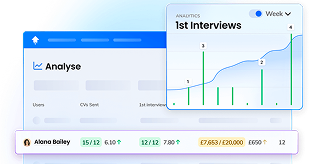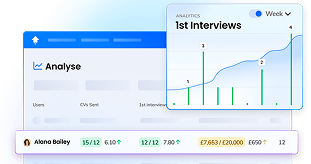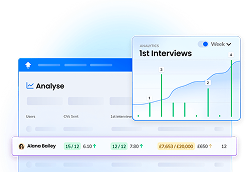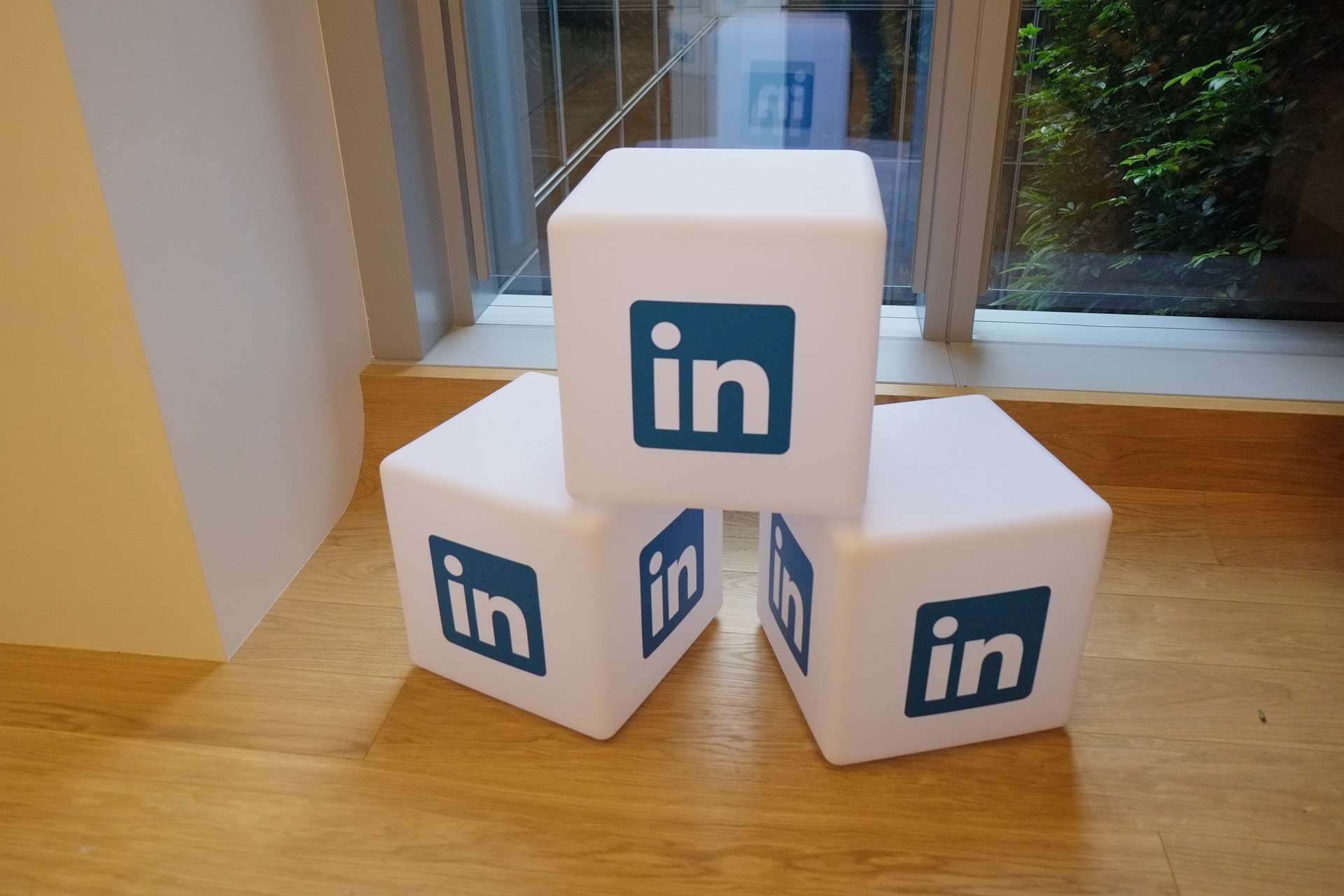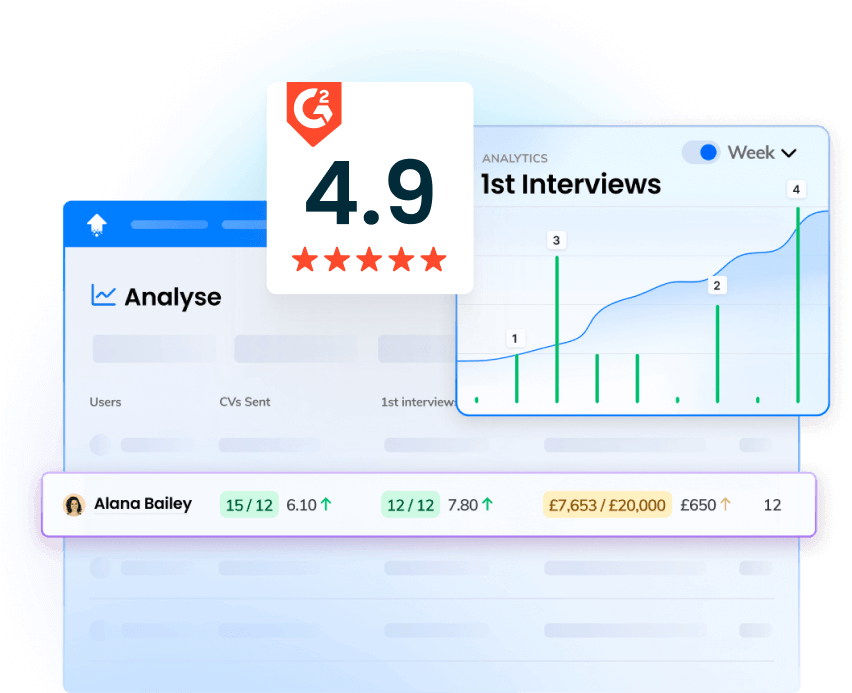Today we are hearing that the biggest problem for recruiters post-COVID is that there is a shortage of good and relevant candidates to enable them to service their clients' needs.
When your recruiters have a great vacancy but no suitable candidates in their current database, they will do what every Recruiter does: get on LinkedIn and start Inmailing relevant users. Most will ignore them, a few might be interested, but more will likely come back with something like this:
“Hi, Thanks for getting in touch about this role, it looks interesting but that location/salary/level wouldn’t be something I would be interested in. Best of luck with the role though!“
Believe it or not, the majority of recruiters will react to this in one way:
“No problem, thanks for getting back to me!”
This is a completely missed opportunity and a waste of an Inmail.
What went wrong

You have a candidate in your industry, they’re engaging with you, and you now know what it takes for them to consider a new job.
Add them to a talent pool.
“No problem, would you like me to add you to my talent pool and I could let you know if anything that fits the bill comes up?”
It seems really simple but you’d be surprised how few do it. By gaining consent to add these candidates to your talent pool, your recruiters are gaining their permission to contact them in the future and making the whole team's life easier with future roles because you all now have a pool of relevant people to look at before putting in the work externally.
How many people have responded to your messages in the last year? That’s how big your talent pool could have been by now.
The prospective candidate that is not interested to move right now may be in a different position in a year, six months or next month if their circumstances change. Do you not want them to reach your recruiters at that time, giving them and your team a new opportunity?
Every time your recruiters reach out, you have the opportunity to gain a new candidate for the future.
Don’t have a talent pool or use a CRM that doesn’t support them?
Ask your marketing team - if you have one, to set up a mailing list sign up page for your desk. Make sure it’s collecting important information like what their requirements are and their location. This way, when your recruiters receive a soft rejection like the one above, you can simply request they add their details to the ‘Talent Pool’ mailing list.
When you next get a role, request the marketing team send an email campaign to the group of subscribers who are most relevant to the role.
The importance of relevance

Sending an email campaign for a vacancy to the database can seem like a lazy, impersonal way of advertising your role but the key to good engagement is relevancy.
Done well, an email campaign isn’t just an email from the agency to everyone on the database about a random job, it’s an email from the consultant they have already engaged with about a job they are qualified for.
That instantly makes your communication to this candidate more interesting to them and even if this job doesn’t appeal, they’re more likely to read and engage with your future messaging.
Talent Pools should be your priority

Talent Pools make your life easier. They mean less time spent looking for new candidates and more time nurturing your current candidates and clients, which results in a better experience for everybody – and more fuel for positive online reviews.
If you have LinkedIn Recruiter, you can create your talent pool by simply creating a Project and adding these candidates to it. Make your life easier by creating a project for specific job types and leaving notes against those users with their preferences.
Remember, don’t submit people from your talent pool to clients without re-engaging and getting their buy-in first, even if you only spoke to them recently.
Conclusion

We spoke with our team and our peers and found consistently that no one has experienced a recruiter doing this. Worse still they validated that when they then needed to find a new role at a later date, they had not kept a list of these candidates so did not go back to them or even remember them.
If your recruiters are short on candidates at the moment, reflect and consider whether this is because your team didn't build a talent pool over the last year and pre-covid.
It's time to stop ignoring this simple and easy step. Get your team actioning this now and you will no doubt have more candidates to select from next year, allowing you to seize future success from present efforts.
Resourcing is hard; so do the little things that will make it easier in the long run. Your recruiters will thank themselves for turning their rejections into opportunities.
For more advice on talent pool building, read our Programmatic Advertising Guide.
OneUp Sales - building high performance sales teams by increasing productivity, retaining talent, and empowering management across your organisation.







